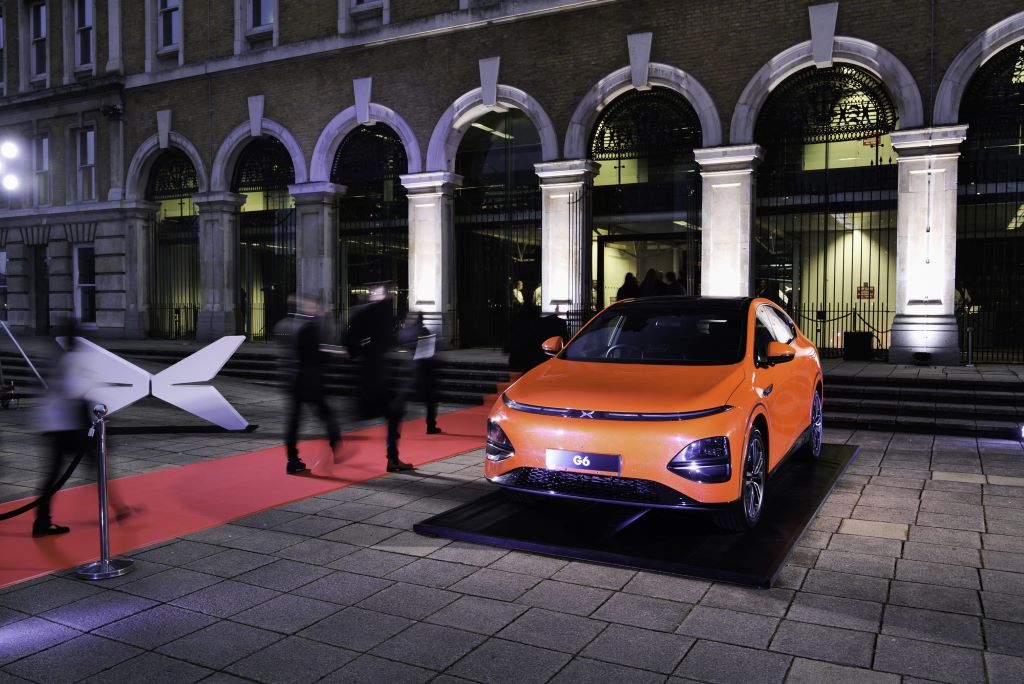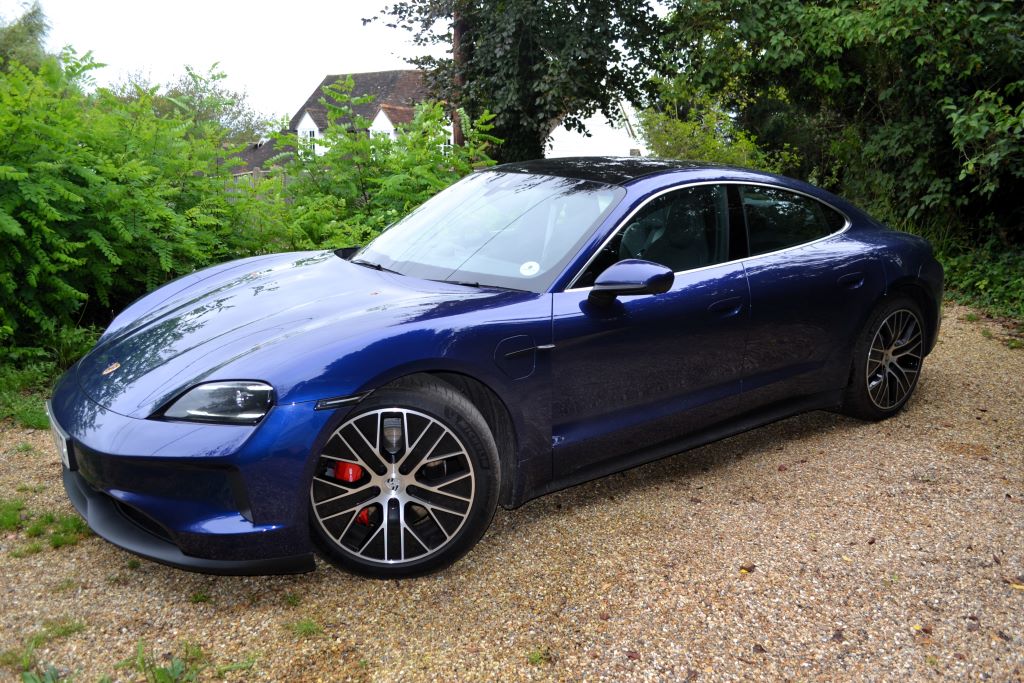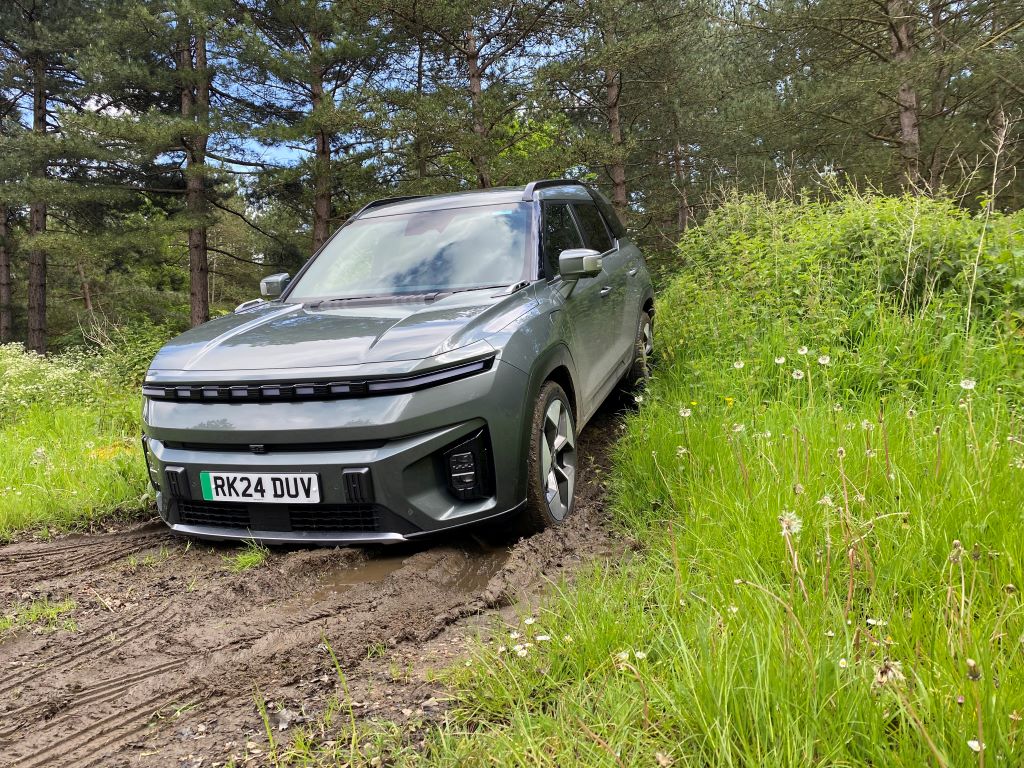Feature 5 min read
Major debuts, concepts and forthcoming electric vehicles from Shanghai
After 12 months of online shows, this year’s Shanghai Auto Show is welcoming people through its front doors. What’s more, there are plenty of exciting, electrified models on show, so for those that haven’t made it China’s biggest city, here’s a round-up of the EVs that are taking the spotlight
Audi A6 e-tron
Arguably the highest profile car at the Shanghai Auto Show, the A6 e-tron concept shows how Audi is planning to integrate EVs into its volume model range. Built on the Premium Platform Electric (PPE) which Audi shares with Porsche, the A6 e-tron is set to join the range in 2023 alongside petrol and diesel variants. The concept has a 100kWh battery for a real-world range of well over 400 miles and be able to take a maximum of 270kW. In dual-motor form, it has 469bhp and 590lb-ft which should make it as fast as lower-spec Taycans and e-tron GTs.
We’ll cover the A6 e-tron in greater detail in due course, as well as bringing a report on the forthcoming Q6 e-tron SUV, when it is revealed, which shares the PPE platform.
Cadillac Lyriq
It might not be coming to the UK, but the Cadillac Lyriq is significant in that it will be one of the first EVs to use General Motors’ Ultium battery technology when it goes on sale. This tech will power GM’s next generation of EVs with the technology itself being extremely promising for range and efficiency. It’s also Cadillac’s first EV, and choosing to debut it in China is almost certainly a demonstration of intent from GM to push into the Chinese EV market.
Ford Evos
Widely touted as ‘the replacement for the Mondeo’ – which is being discontinued next year, the Evos is (sarcastic drum roll…) a crossover. Like the Mustang Mach-E, it treads the line between straight-up saloon and straight-up SUV, being a bit of both, but a resolved design of neither. Actual detail on the car is scant, but it’s due to go on sale in China, followed by Europe. No pure EV version has been mooted, but the expectation is that at launch it will be electrified as standard – most likely as a hybrid and/or PHEV.
Genesis G80
Hyundai’s luxury arm, Genesis, is actually quite a well-known brand in North America, native Korea and other Asian markets. Lesser-known in Europe, it isn’t stopping Genesis from planning to bring an electrified version of its flagship G80 saloon to the market when it launches this year. It’s an imposing car which looks almost identical to the petrol versions. Twin motors offer up 365bhp and 516lb-ft enabling 0-60 in less than five seconds, whilst one can be disconnected when not needed to increase efficiency. An undisclosed battery can be charged at up to 350kW thanks to 800 volt electronics and provides up to 311 miles on China’s NEDC test.
Honda e:prototype
Designed for the Chinese market, the e:prototype could also signal a next step towards expanding the brand’s global EV model range. It’s close in size to the latest HR-V crossover and borrows plenty of the same design cues, too. Beyond that there really isn’t much information about the e:prototype, but our best guess is that something akin to it will join the line-up here in the next 12-18 months.
MG Cyberster
MG’s Cyberster concept is a massive departure for the brand, which has – until now – concentrated on practical and family-orientated EVs. It takes the form of a striking two-seat sports car which was developed by MG’s Advanced Design Centre in London. Under the skin, the concept would have an ‘intelligent’ EV architecture which would enable a range of 500 miles and performance of 0-62 in less than three seconds. Of course, it’s very much a concept at the moment, but it shows that behind the scenes, MG is looking to push the boundaries of design and technology.
Mercedes-Benz EQB
Mercedes has debuted the forthcoming all-electric EQB SUV at the Shanghai Auto Show, also confirming the technical details of the car. In the UK, seven seats is planned as standard with the rearmost being suitable for people up to 5ft 4in within the car, which measures 4684mm long, 1834mm wide and 1667mm tall. A 66.5kWh battery enables a range of up to 260 miles on the WLTP test, and powertrains of up to 268bhp will be available. An 11kW on-board charger deals with domestic and public AC charging, whilst 100kW DC charging is possible at fast chargers.
We’ll bring you more on the UK prices and specs as soon as they are released.
Toyota bZ4X concept
Take a deep breath and sit down: Toyota has showcased an EV! Pulling itself away from hybrids and fuel cells, and taking a small step towards the inevitable, the bZ4X concept is the brand’s first bespoke EV and is due on sale in mid-2022. The bZ in the name reflects Toyota’s ‘beyond zero’ strategy which will be applied to many of the forthcoming range of EVs, some 15 of which will be released by 2025. The bZ4X concept is all-wheel drive and based on the e-TNGA platform which Toyota is sharing with Subaru. It’ll be similar in size to the RAV4 and brings a new design direction to the brand. Tech-wise, Toyota is yet to release details, so we look forward to hearing more.
Volkswagen ID.6
Volkswagen’s ‘for China’ electric EV is central to VW’s electrification offensive in the country through which it is aiming for half the cars it sells in the country being EVs by 2030. The ID.6 is one of eight EVs that will be on sale by 2023 and is based on the same MEB platform that is underpinning the rest of the current ID. range. It shares tech with the ID.3 and ID.4, too, with 58kWh and 77kWh battery options, as well as a maximum output of 302bhp. There are no plans for the ID.6 to be made available in any other markets, however.















1024px.jpg)



Comments (0)
Be the first to write a comment
Login/ Signup